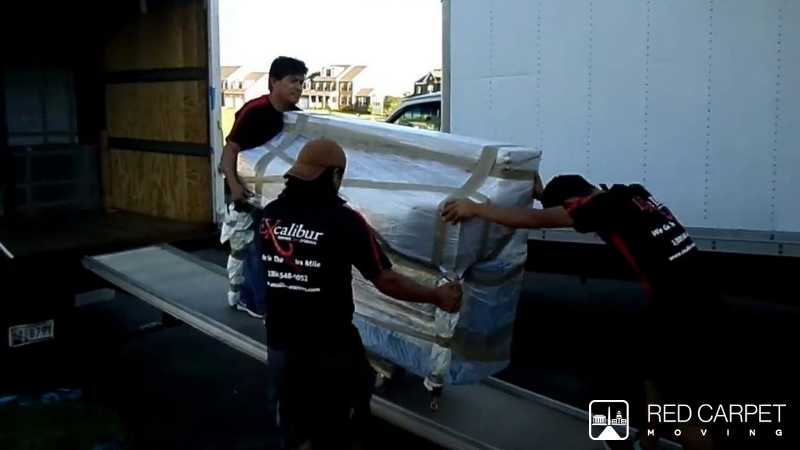In our tech-driven lives, almost everyone has multiple electronic devices, from premium TVs and laptops to PCs, tablets and consoles. However, when the time comes to move these valuable items, it often becomes a challenging task for many.
The potential chaos of moving can be managed with careful planning. While you can make extra efforts to pack electronics responsibly and ensure their safety, the efficacy of such preparations may be compromised if working with movers who lack genuine concern for the client’s best interests or the safety of fragile items. That is why finding a trustworthy professional mover through thorough research becomes essential.
Securing your devices before the moving
When getting ready to relocate, it’s essential to take measures to protect your electronic items, ensuring they arrive intact at your new destination. First and foremost, create a comprehensive inventory of all your electronics, noting serial numbers for valuable items.
For sensitive devices like computers and hard drives, employ anti-static packing materials to prevent static electricity damage. If you’re moving a flat-screen TV, secure it with bubble wrap and packing tape, or use a designated TV box if available.
Bundle and label cables systematically, making the setup process at your new location more straightforward. For temperature-sensitive electronics, such as cameras, consider transporting them separately to avoid exposure to extreme conditions in the moving truck.
Disassemble larger items like home theater systems and pack each component individually, adding padding to protect delicate parts. Focus on extra padding for corners and edges, which are more susceptible to damage. Document cable connections with photos before disassembling, aiding in reassembly later.
Remember to remove batteries from all devices and remotes to prevent overheating and leaks, keeping them together in one place. Charge rechargeable batteries a few days before moving. Eject CDs, DVDs and Blu-rays from devices. Then, tape the drives shut.
For laser printers, remove toner cartridges and secure them in a plastic, dust-proof bag. For non-laser printers, eject other cartridges and secure the printhead. Additionally, back up all data from your computer, tablet, or phone to an external drive before moving to safeguard essential information.
It’s also better to change all passwords to enhance security and protect personal data during the relocation process. Taking these precautions will help ensure the safe and secure transport of your electronic devices.
These steps may be too stressful for some as they require detailed planning. If you want to dedicate your time to focus on other aspects of moving, consider professional moving companies.
Hire professional movers
Trusting items to reliable and prepared movers can avoid unforeseen problems. In the worst-case scenario, unethical companies may even resort to theft. Therefore, selecting a reputable and well-prepared moving service is crucial to ensuring a smooth and secure transition for your electronic devices and other belongings.
When choosing a moving company, seek recommendations from family and friends to gather insights into their experiences. Ensure you’re dealing with a legitimate moving company, not a broker, to avoid risks associated with limited choice and potential conflicts.
Thoroughly investigate the moving companies, considering factors like transparency, experience and customer feedback on Yelp, Yellow Pages, BBB, Facebook and Google platforms. Additionally, ensure the mover is licensed, insured and willing to provide an “Insurance Certificate” for protection. Visit the mover’s office to assess their professionalism, including factors like cleanliness and employee demeanor.
You can also request an in-home estimate for accurate calculations and to evaluate the moving team’s professionalism. Ask for a cost breakdown of the estimate to understand the pricing structure based on the weight of the shipment.


